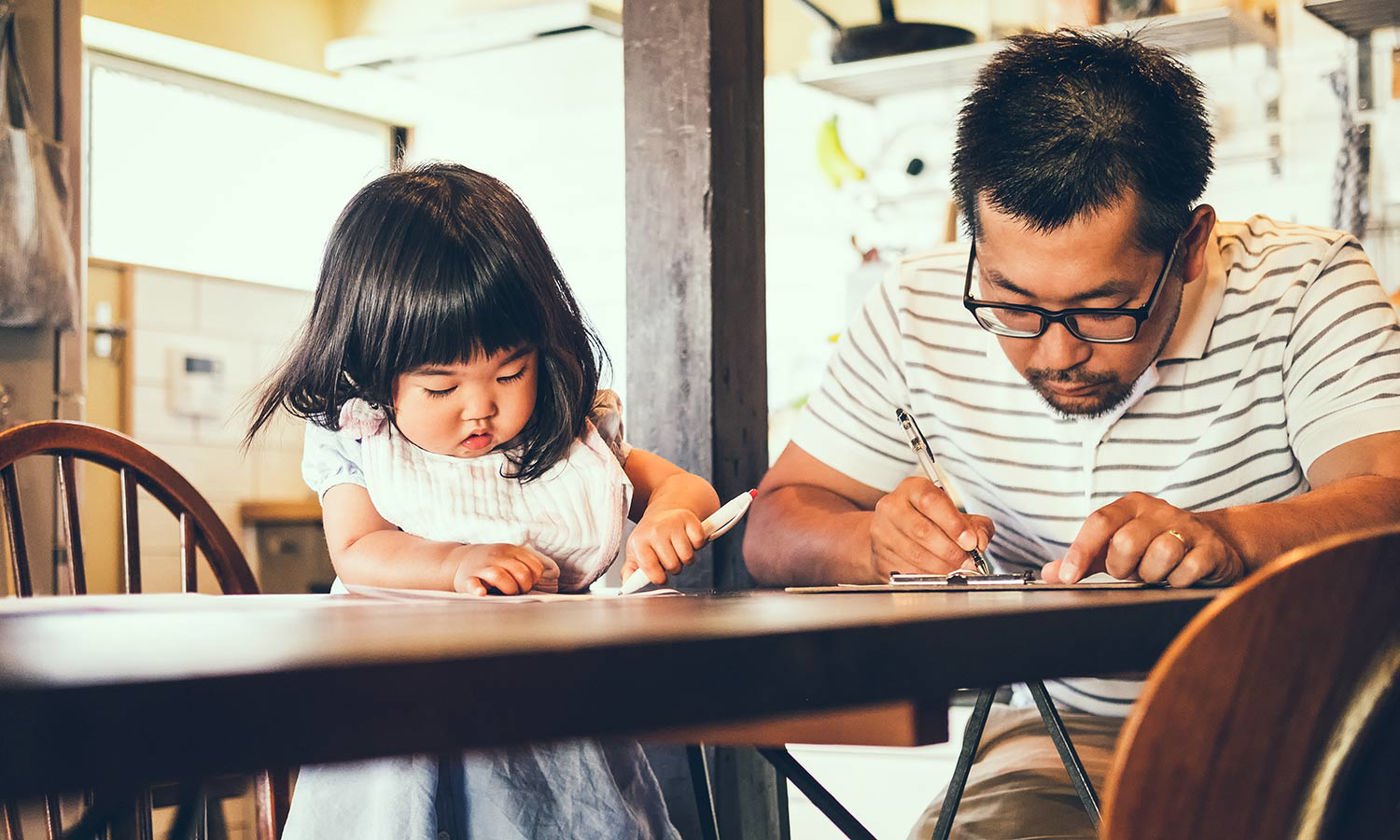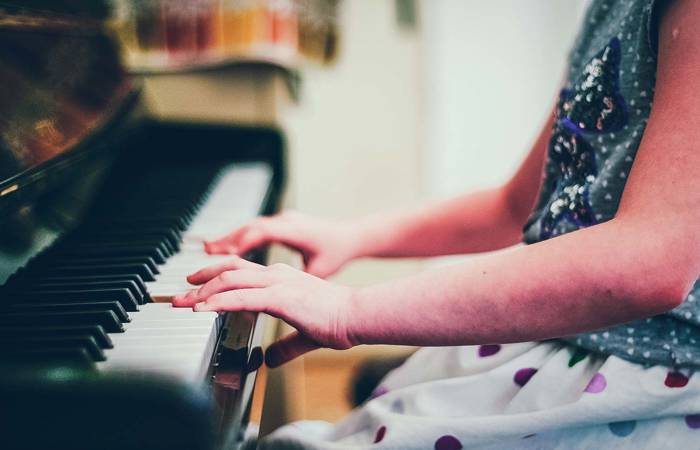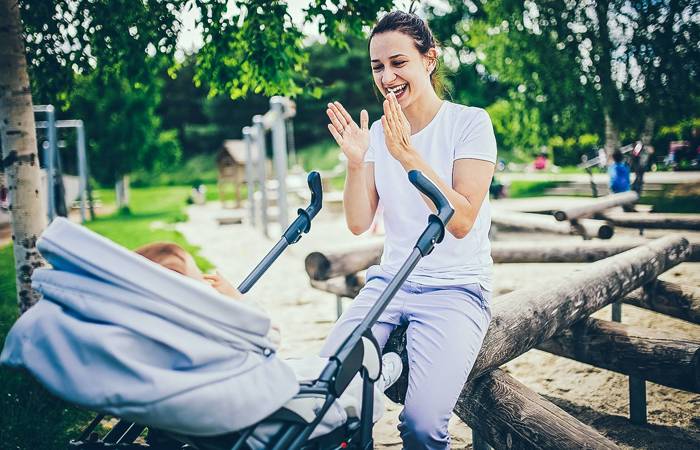Like what you see?
Sign up to receive more free parenting advice.
Thank you for subscribing to our newsletter!
Child Development

Credit: iStock.com/PamelaJoeMcFarlane
Our children's handedness – that is whether they use their left or right hand to do tasks – is the subject of endless fascination for many parents. But it's also something that interests researchers.
Dr Sebastian Ocklenburg is a handedness researcher at Germany’s Ruhr University Bochum. He has been exploring the issue since his PhD days.
“We are trying to find out how biological variables like genetic variations are affecting the brain and contribute to behaviour,” he says.
He agrees he is attracted to the research partly due to the “mystery” of the field, but also because, scientifically, handedness offers some unique opportunities as a vehicle to understanding how the brain generates behaviour.
“A lot of things that humans think or do are very complicated. It’s not easy to find biological correlations. Handedness, however, is a very simple phenotype: it’s left or right. For researchers this is a simpler behavioural end point for structural relationships in the brain and how they come to be,” Dr Ocklenburg says.
Neurological wiring and gene expression
In adults, neurological wiring plays a key role in handedness. But well before that it’s actually the expression of our genes within the spinal cord that makes the initial decision about whether a child will be a left or right hander.
“While in adults the brain is central for handedness, during development it is actually the spinal cord that is crucial. We know embryos already show a strong preference to move one arm more often than the other at a time where the connection between the motor cortex of the brain and the spinal cord is not functional yet,” says Dr Ocklenburg.
Some researchers have noted that a child’s hand preference can’t be “reliably assessed” until age four, and that it’s not till age six that “a clear preference can be observed”. In fact, being exact about when a child’s preference “sticks” is complicated, in part because researchers have used different methodologies to quantify their findings.
What is evident, however, is that the preference already apparent in the womb seems to stick over the long term.
“If you test these children at age six, 95 per cent still show the same preference as before birth,” Dr Ocklenburg says.
For many parents this all appears to reinforce the assumption that handedness is purely a genetically driven decision. However, the reality is that our environment can play a surprisingly important role in how our handedness plays out.
“It’s thought that handedness is caused 25 per cent genetically and 75 per cent by environmental, cultural and societal pressures,” says Dr Ocklenburg, noting that less than one per cent of the population is truly ambidextrous.
It’s just one example of how the nature and nurture debate is becoming old science. In large part this is due to the emerging science of epigenetics, a field Dr Ocklenburg says is very useful but, as it’s still in its infancy, needs a lot more research.
Epigenetics, the study of biological mechanisms that can switch genes on and off, is becoming increasingly of interest to researchers.
“These days we try not to differentiate as much between nature and nurture as previously… It’s always an interaction, but it’s hard to untangle. You cannot say it’s purely learning or its purely genetics: it’s all of it together, interacting,” he says.
While in adults the brain is central for handedness, during development it is actually the spinal cord that is crucial. We know embryos already show a strong preference to move one arm more often than the other at a time where the connection between the motor cortex of the brain and the spinal cord is not functional yet.Dr Sebastian Ocklenburg
Stay up to date with the latest news and articles from First Five Years
Thank you for subscribing to our newsletter!
About 90 per cent of people are right handed and 10 per cent are left handed. Why there are so many more right handers than left handers is currently not well understood, but Dr Ocklenburg says humans have designed their environment to be conducive to right handers.
As every left hander will know, scissors and machinery are two culprits of this approach. Many lefties may therefore take some comfort in knowing that, on a few occasions, the left handed actually gain small advantages.
“There’s a small minority advantage in certain fields. For example, in contact sports like boxing there are [relatively] more left handers than in other jobs,” Dr Ocklenburg says.
How are left and right handers different?
In terms of neuroscience, the main differences between left and right-handers are expressed via the motor cortex, one of the principal brain areas involved in movement.
“If you look at the hands of left and right handers you will not see any differences in bone structure or muscles between the two. However, in left handers the right motor cortex is dominant for fine motor activities like writing and in the right handers the left motor cortex is,” says Dr Ocklenburg.
Research in the field continues. Most recently a large study reported in Nature magazine found that the gene MAP2 (Microtubule associated protein 2), may play a bigger role in our handedness than previously thought. However, to date its largest impact seems to be on rats and mice, leading the report’s authors to note that: “How exactly this gene may act in affecting motor laterality in human development remains unknown”.
Of course, if we lived in a country where societal norms dictate that left-handers use their non-naturally dominant hand, this can shift the statistics and see environmental conditions overriding genetic inclination.
“We know that in countries that have cultural taboos about using the left hand for eating, there are less left-handers,” Dr Ocklenburg says.
“[We also know] that as the number of left handed parents increases the left handedness of the child increases. Now it’s become a debate: some researchers say this is clearly observational learning, while others might also say those parents have a different genetic setup,” Dr Ocklenburg says.
Thankfully, the days are long gone where natural left handers were forced to tie that hand behind their back and write with their non-dominant hand.
However, any parents still unsure of whether this is an area requiring parental intervention should heed Dr Ocklenburg’s advice.
“Parents should let their children develop their own preferences. It has been shown that forcing left-handed children to write with their right hand against their will has only negative consequences,” he says.







